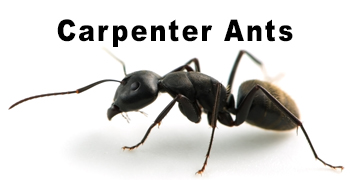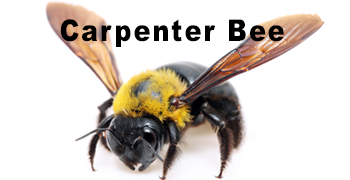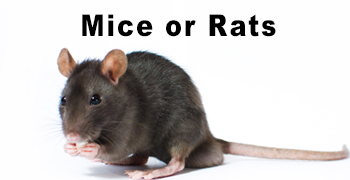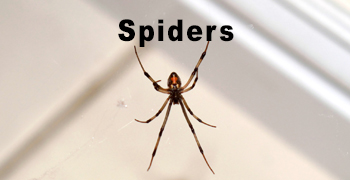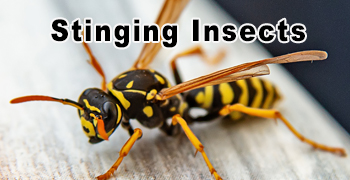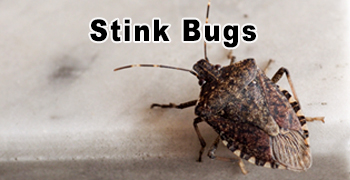Shed Cleaning? Don't Forget the Hantavirus Hazard!
Spring cleaning is upon us, and for many, that means tackling the neglected shed. But before you dive into clearing out dusty boxes and forgotten tools, be aware of a hidden danger: hantavirus. This potentially deadly virus is carried by rodents, particularly deer mice, and their droppings, urine, and saliva can contaminate your shed.
What is Hantavirus?
Hantavirus Pulmonary Syndrome (HPS) is a severe respiratory disease caused by hantaviruses. People can contract HPS by inhaling aerosolized virus particles from rodent droppings, urine, or saliva. While rare, it can be fatal, with a mortality rate of around 38%.
Why Sheds Are High-Risk Areas:
Sheds, especially those that have been closed up for the winter, provide ideal environments for rodents. They offer shelter, food sources, and nesting materials. This means a buildup of rodent droppings and urine, increasing the risk of hantavirus exposure.
Symptoms of Hantavirus:
Early symptoms often mimic the flu, including:
- • Fever
- • Muscle Aches
- • Fatigue
- • Headache
- • Dizziness
- • Nausea & Vomiting
As the disease progresses, it can lead to severe respiratory distress, including:
- • Coughing
- • Shortness of Breath
- • Fluids in the Lungs
Preventing Hantavirus During Shed Cleanup:
The key to preventing hantavirus is to minimize your exposure to rodent droppings and urine. Here's how to clean your shed safely:
- 1. Ventilate: Before entering the shed, open all doors and windows for at least 30 minutes to allow fresh air to circulate. This helps to disperse any aerosolized virus particles.
- 2. Don Protective Gear: Wear a respirator or a well-fitting N95 mask, rubber gloves, and eye protection.
- 3. Don't Sweep or Vacuum: Dry sweeping or vacuuming can stir up dust and virus particles. Instead, use a wet cleaning method.
• Prepare a disinfectant solution: Mix 1.5 cups of household bleach with 1 gallon of water. • Spray the disinfectant solution: Thoroughly spray rodent droppings, urine, and nesting materials with the disinfectant. • Let it soak: Allow the disinfectant to sit for at least 10 minutes before cleaning.
- • Use a damp cloth or mop to wipe up the disinfected materials.
- • Place contaminated materials in sealed plastic bags.
- • Double-bag the sealed plastic bags and dispose of them in a sealed trash can
- • After cleaning, remove your protective gear and thoroughly wash your hands with soap and water.
- • Disinfect your gloves and any tools used in the cleanup.
Additional Prevention Tips:
- Seal Entry Points: Prevent rodents from entering your shed by sealing any cracks or holes.
- Remove Food Sources: Store pet food, birdseed, and other potential food sources in rodent-proof containers.
- Keep the Shed Clean: Regularly clean your shed to prevent the buildup of debris and nesting materials.
- Trapping: Use snap traps or glue boards to control rodent populations. Never use poison inside the shed, as it can contaminate the environment and pose a risk to other animals.
- Educate Others: Make sure everyone in your household is aware of the risks of hantavirus.
If You Experience Symptoms:
If you develop flu-like symptoms after cleaning your shed, seek medical attention immediately. Early diagnosis and treatment can significantly improve your chances of recovery.
Cleaning your shed doesn't have to be a risky endeavor. By taking the necessary precautions, you can protect yourself and your family from the dangers of hantavirus.
As always, if you need help with a pest issue give us a call at 234-571-1203 and we would be glad to help. Dave



